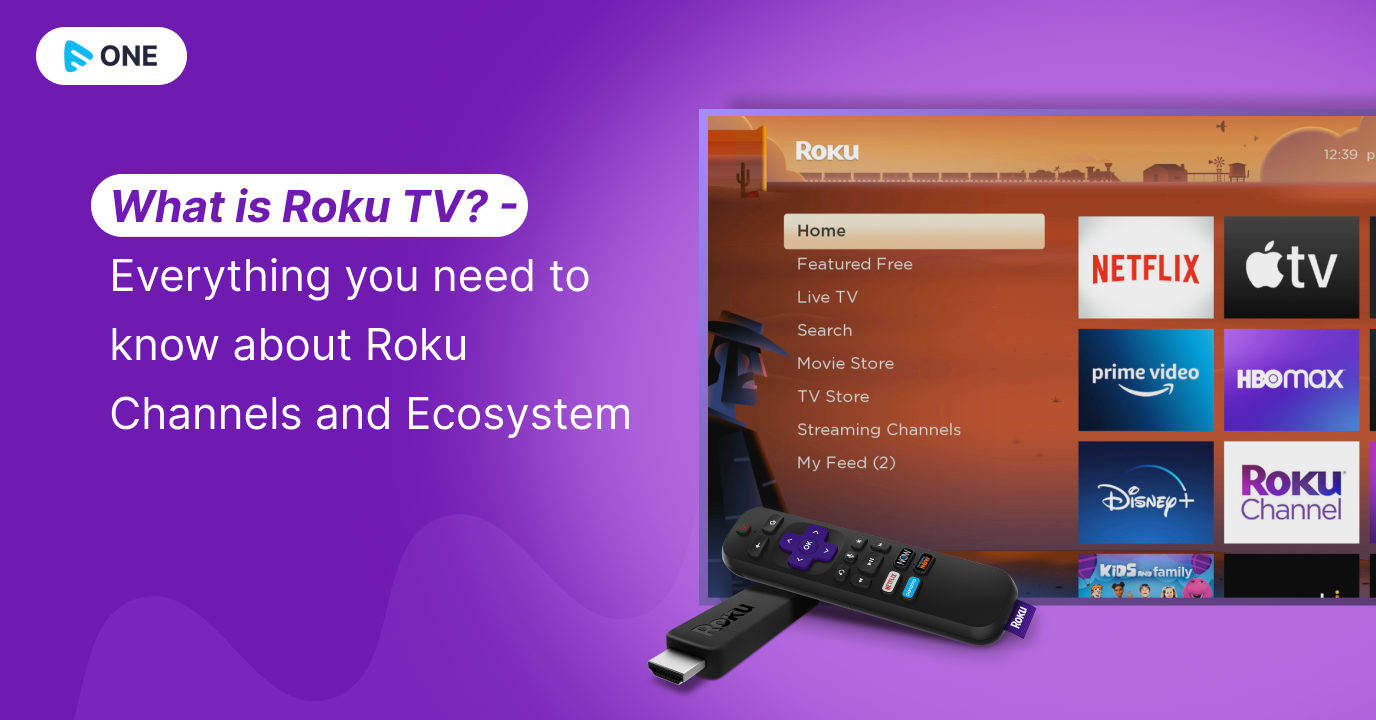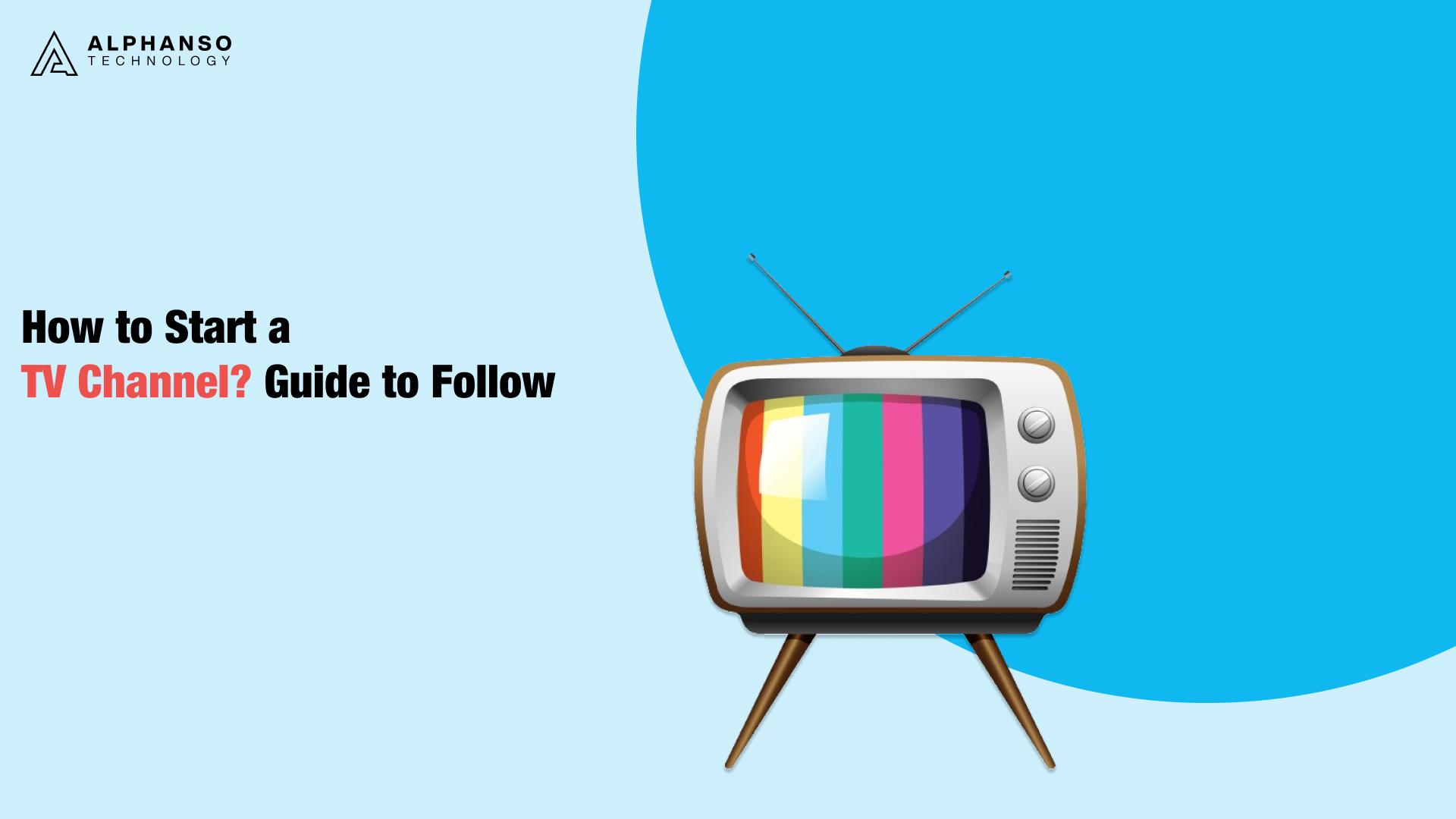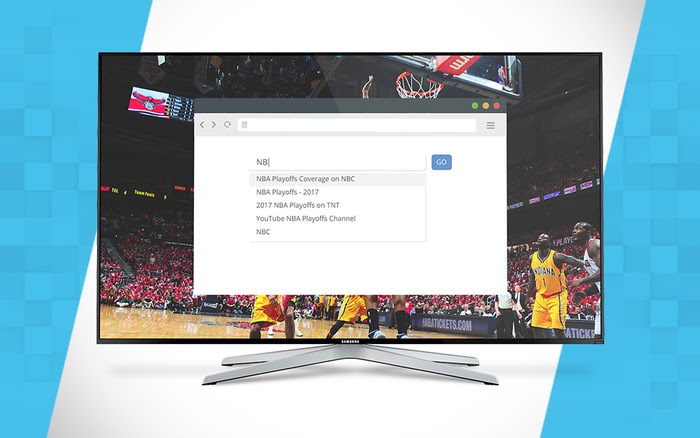The Of Apollo Group Tv
The Of Apollo Group Tv
Blog Article
The 2-Minute Rule for Apollo Group Tv
Table of ContentsAn Unbiased View of Apollo Group TvHow Apollo Group Tv can Save You Time, Stress, and Money.Things about Apollo Group TvThe Single Strategy To Use For Apollo Group Tv
In this situation, instead of having three-minute commercial places during a 30-minute television program, TV programming may transform to one where a consumer will certainly be required to have a monthly subscription, to ensure that they cen sight targeted banner ads. This sort of advertising already occurs on the web, and the amount of information tv companies gather enables them to do similar.Explain the impact of sponsors on program material. Define the major patterns amongst the broadcasting and cable television networks. When television was in its infancy, manufacturers modeled the brand-new tool on radio. Popular radio shows such as authorities dramatization Dragnet and western cowboy collection Gunsmoke were adjusted for television, and brand-new TV programs were funded by solitary advertisers, simply as radio programs had actually been.
Today, the television market is even more complicated. Programs are sponsored by numerous marketers; programs is managed by major media empires; and the 3 major networks no more control the airwaves yet rather share their visitors with many cable channels. Numerous aspects make up these patterns within the industry, consisting of technological growths, federal government policies, and the creation of new networks.

An Unbiased View of Apollo Group Tv
Established in 1969, (PBS) created out of a record by the Carnegie Commission on Educational Television, which analyzed the duty of educational, noncommercial television on society. Public television was also meant to give universal accessibility to television for audiences in rural areas or customers that could not afford to pay for personal tv solutions.
The duration between 1950 and 1970 is traditionally recognized as the. Besides a tiny part of airtime regulated by public tv, the 3 significant networks (called the Big Three) controlled the television sector, jointly accounting for greater than 95 percent of prime-time watching. In 1986, Rupert Murdoch, the head of international company Information Corp, released the Fox network, testing the dominance of the Big Three.
Targeting young and minority audiences with shows such as Buffy the Vampire Slayer, Moesha, Dawson's Creek, and The Wayans Bros., the new networks intended to draw stations far from their old network associations. Nevertheless, as opposed to repeating the success of Fox, UPN and WB struggled to make an impact. Unable to attract several associate stations, the 2 recently established networks reached fewer households than their larger rivals because they were impossible in some smaller cities.
This decision led the way for the growth of cord motion picture channels, adding to the rapid development of cord in the 1980s and 1990s. apollo tv. Additional deregulation of cord in the 1984 Cable Television Communications Policy Act removed restrictions on wire prices, allowing drivers to bill what they wanted for wire solutions as long as there was efficient competition to the solution (a criterion that over 90 percent of all cable markets might fulfill)
A Biased View of Apollo Group Tv

Having produced the initial "superstation," Turner expanded his world by starting 24-hour information network CNN in 1980. At the end of the year, 28 nationwide programs solutions were readily available, and the cable television change had started. Over the following years, the sector underwent a period of quick growth and popularity, and by 1994 visitors could pick from 94 fundamental and 20 premium wire services.
Figure 9 - https://apollo-group-tv-47717575.hubspotpagebuilder.com/apollo-group-tv/apollo-group-tv-app-the-ultimate-streaming-solution-for-your-entertainment-needs.16 Boosted competitors from cable television networks has triggered a steady decrease in the networks' audience rankings. Throughout the 1950s, the cost of generating a solitary television show boosted as shows ended up being much longer and production costs soared. Sponsorship on network tv changed from solitary sponsorship, in which a program was entirely supported and generated by one advertiser, to numerous sponsorship, in which advertisers acquired 1- or 2-minute places on the show
Each action ought to be a minimum Source of one paragraph. Choose one of the Big 4 networks and print out its once a week programming routine. Enjoy the network's prime-time programs throughout a week, noting the target group for each program. Observe the advertising sponsors that support each program and compare exactly how the product or services fit with the intended audience.
Not known Details About Apollo Group Tv

Linear TV, usually referred to as standard program TV, incorporates cord and satellite tv. It's called "straight" since content follows an established programming routine, unlike on-demand content which the private customer determines to view based upon their own choices and routine. When you ask, "What is straight Television?", consider it as the timeless means of seeing television that has actually been around for years.
Report this page